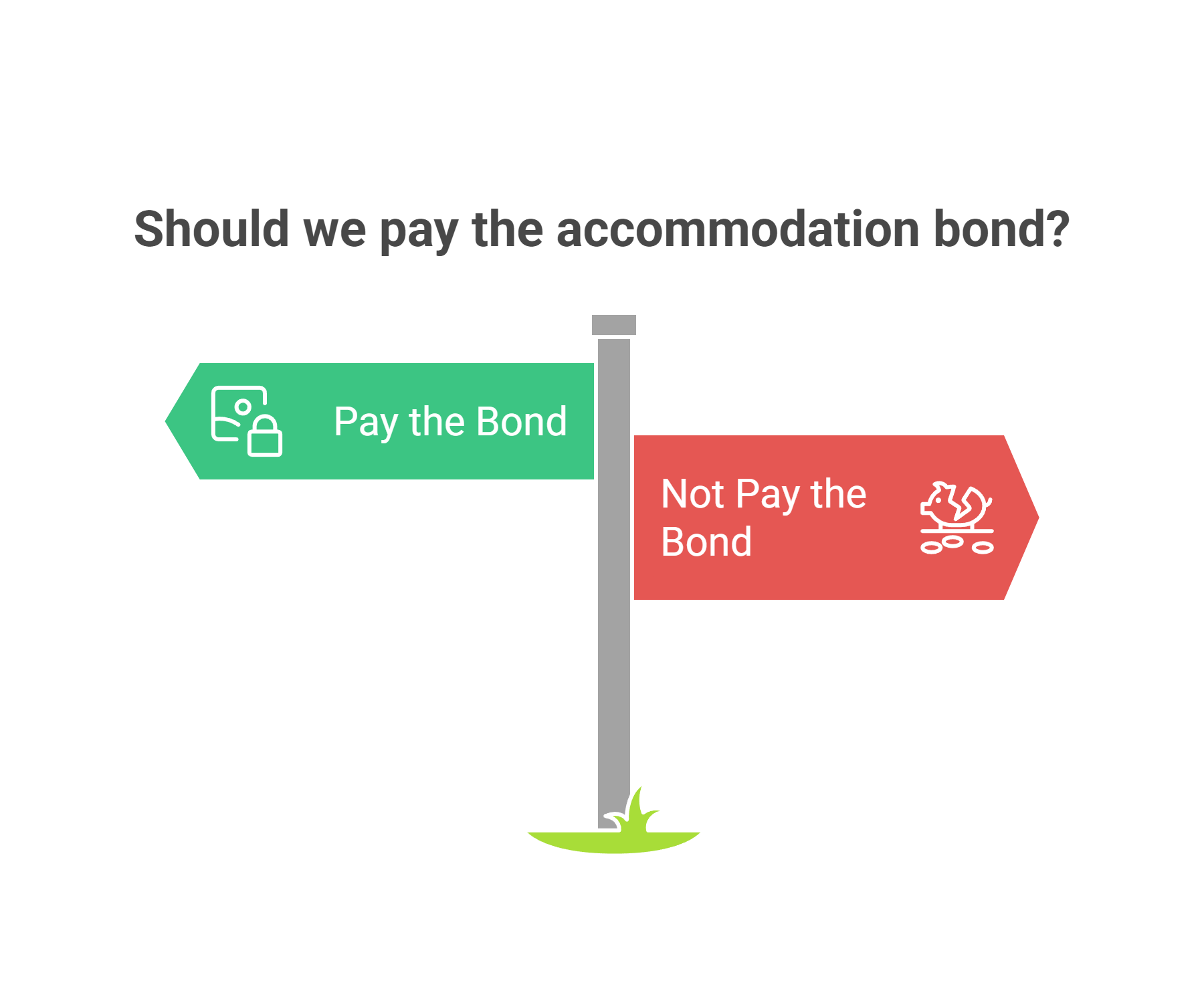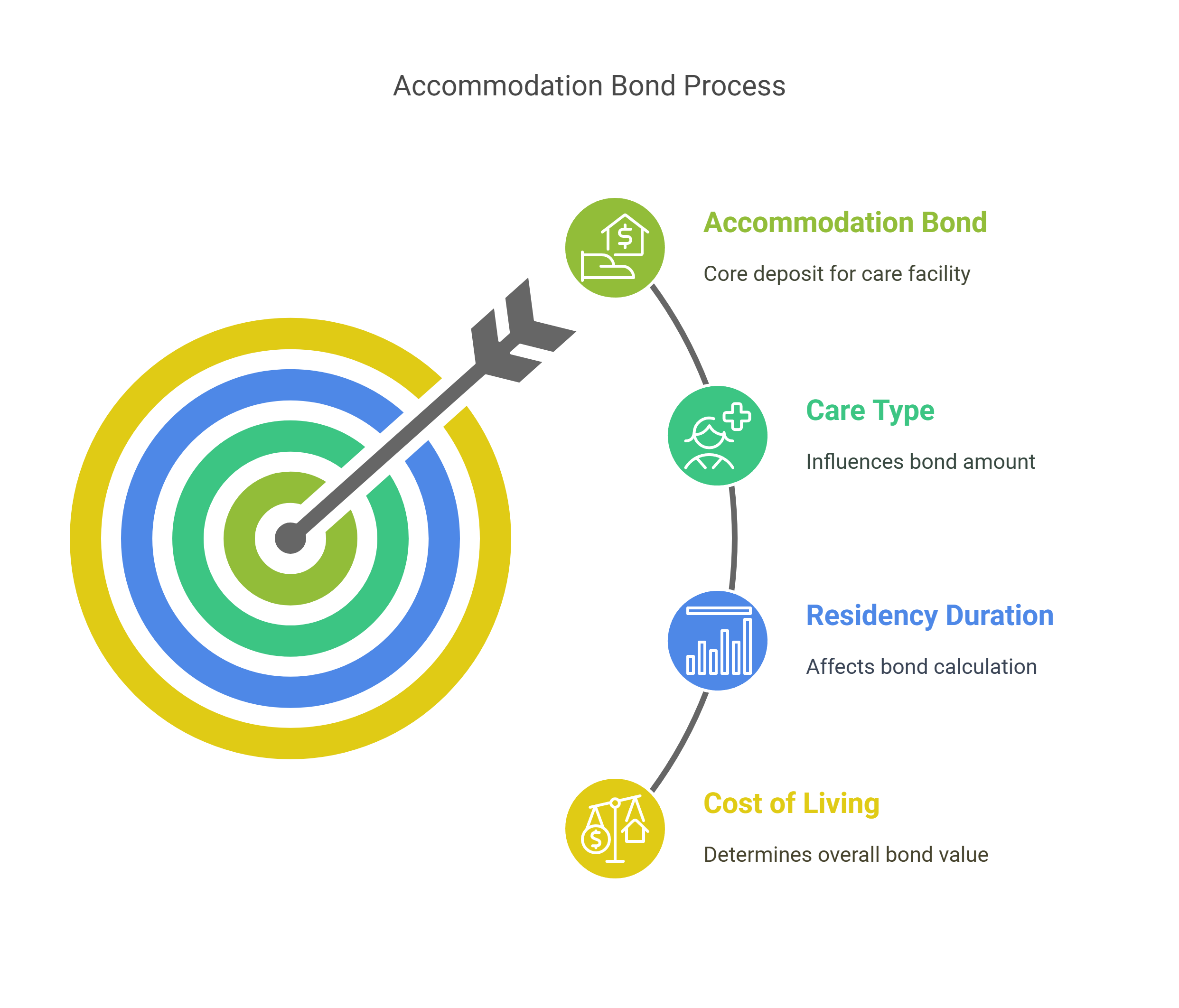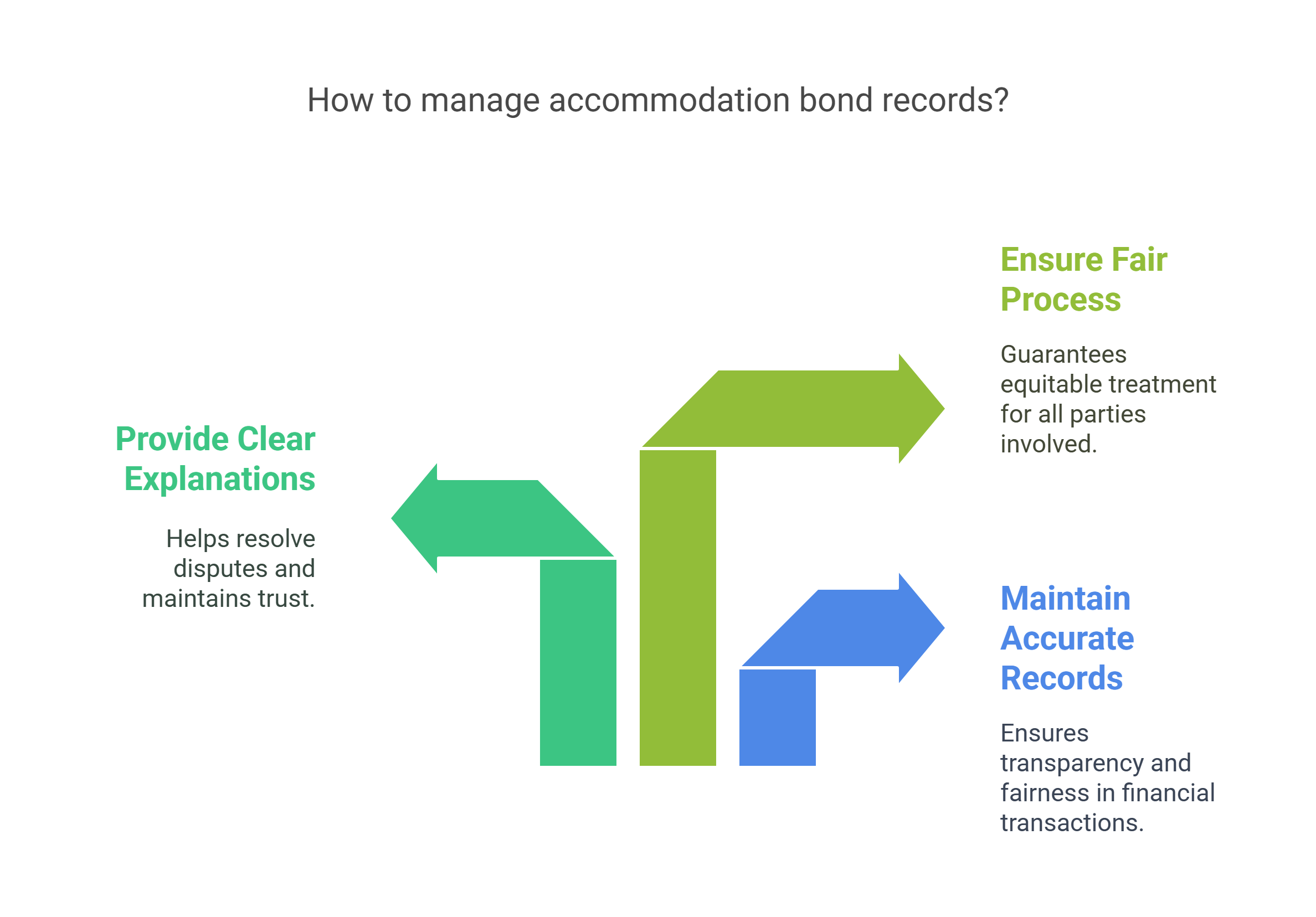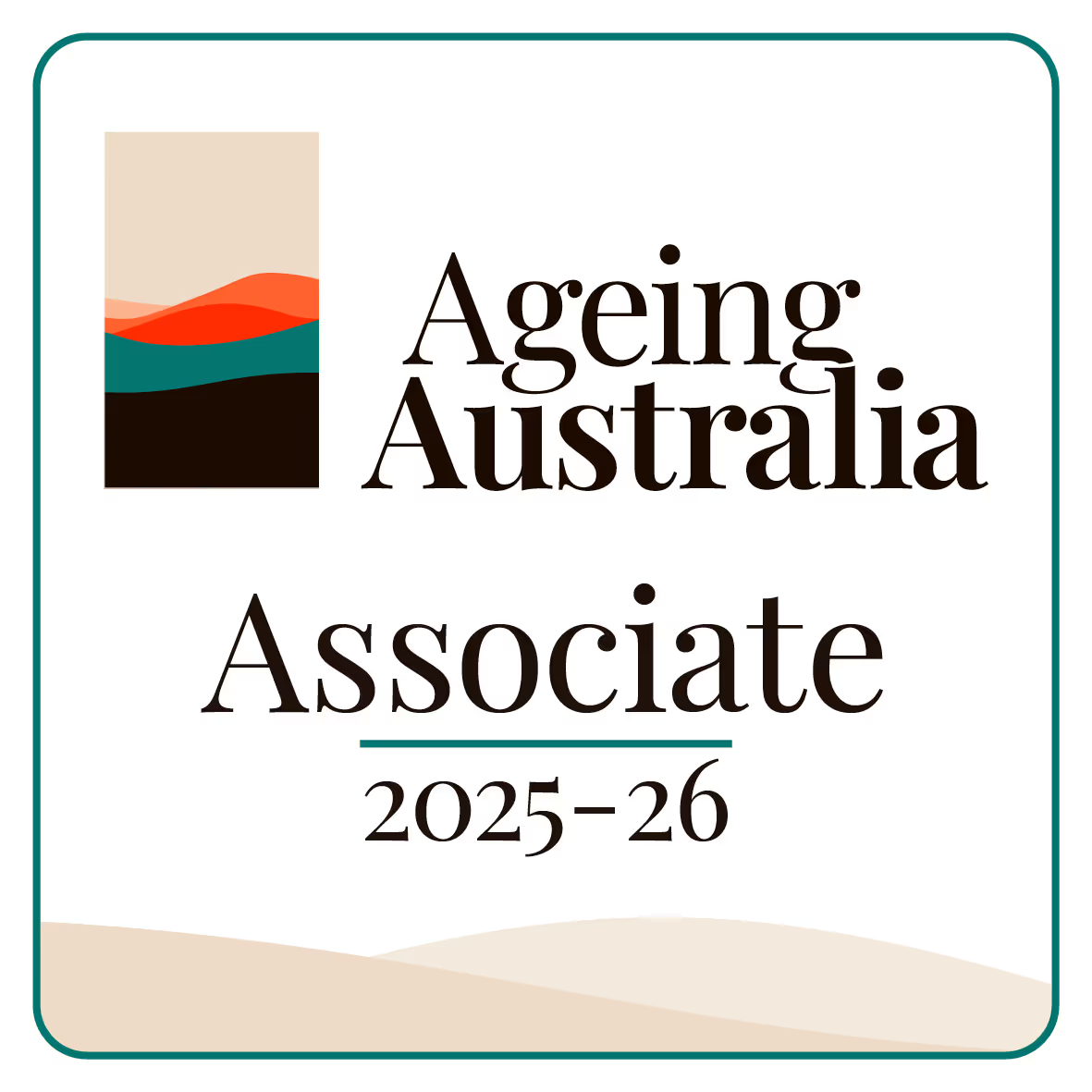What is an Accommodation Bond?

An accommodation bond is a deposit that residents or their families pay when a person moves into a residential care facility. This deposit acts as a security payment. The payment is kept by the facility and may be used for covering any unpaid fees or costs when the resident leaves the facility. The bond is later returned if there are no outstanding issues or fees. This system helps to protect both the facility and the resident.
Why is an Accommodation Bond Required?
An accommodation bond exists to protect the financial interests of the residential care facility. The facility uses the bond as a form of security for the services provided. If a resident leaves and there are costs that have not been paid, the facility can use part or all of the bond to settle these expenses. The bond is also a way to keep a record of the financial agreement between the resident and the care provider. This record helps to maintain clear financial responsibilities over the period of stay.
How Does an Accommodation Bond Work?

When a person moves into a residential care facility, the facility requests an accommodation bond. The amount of the bond is decided by the care provider and is based on several factors. These factors can include the type of care that is needed, the length of time the resident is expected to stay, and the cost of living at the facility. The bond is paid before the resident moves in. The payment is not considered a fee for the services; it is a deposit that may be returned later. When the resident leaves the facility, an assessment is made to see if there are any outstanding fees or damages. If the account is clear, the bond is returned in full.
Who is Involved in the Bond Process?
There are several parties involved in the bond process. First, the resident or the resident’s family pays the bond to the care provider. The residential care facility then holds the bond as a form of security. The facility may have specific rules and guidelines about how the bond is managed. These rules help both the facility and the resident understand their rights and obligations. The bond process is part of the overall contract that the resident signs when moving into the care facility.
When is the Bond Returned?
The bond is usually returned when a resident leaves the facility, provided that there are no extra charges. If the resident has used services that cost more than the bond or if there is any damage to the facility, part or all of the bond may be kept by the facility to cover these expenses. The rules for returning the bond are usually clearly stated in the contract that the resident signs. This clear statement of rules helps to avoid any confusion when the resident leaves the facility.
The Importance of Clear Terms
It is important that the terms of the accommodation bond are explained in a way that is simple and clear. The contract must list the amount of the bond, the conditions under which the bond will be kept or returned, and any other details about how the bond is to be used. These clear terms help to build trust between the resident and the care provider. When everyone understands what is expected, there are fewer chances for disagreements later on.
How to Manage an Accommodation Bond

Both the resident and the care provider have a responsibility to keep accurate records of the bond. The care provider must keep records of all payments and any deductions that are made if necessary. At the end of the resident’s stay, a careful check is made to see if any money needs to be deducted. If there are deductions, the resident or their family is given a clear explanation. This record keeping makes it easier to resolve any issues that might come up. The process must be fair and open so that all parties are treated fairly.
Final Thoughts
An accommodation bond is a useful tool in residential care settings. It helps to protect the interests of both the resident and the care provider by clearly defining the financial obligations when a person moves in and later when they leave. The bond is a way to make sure that any unpaid fees or costs are covered without causing stress to the resident or the care facility. A clear and simple bond system contributes to a more positive living experience for everyone involved.






